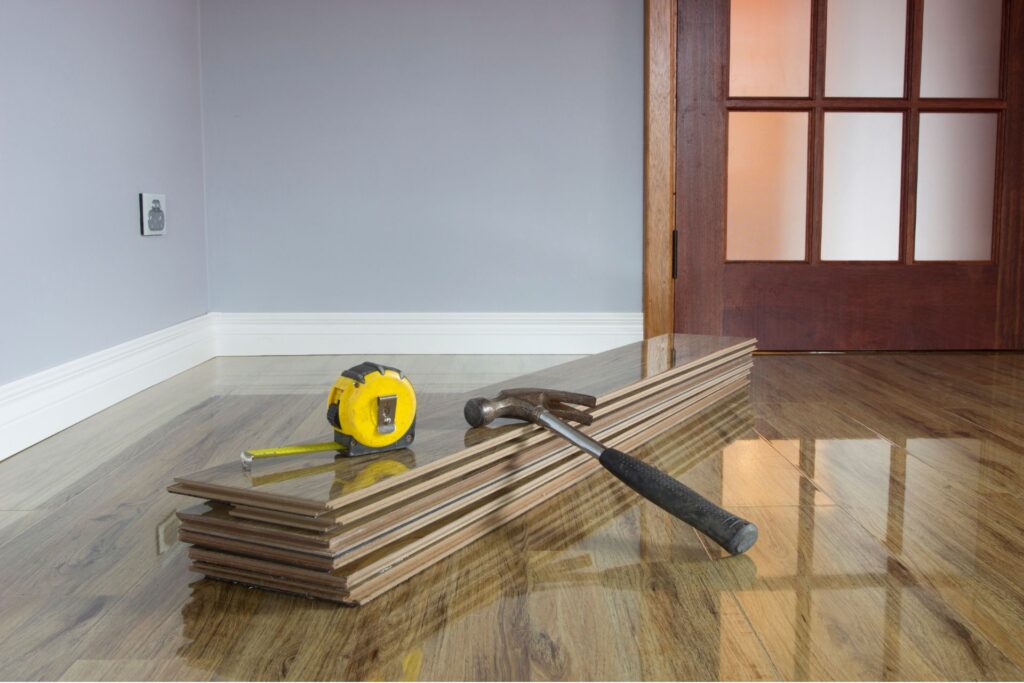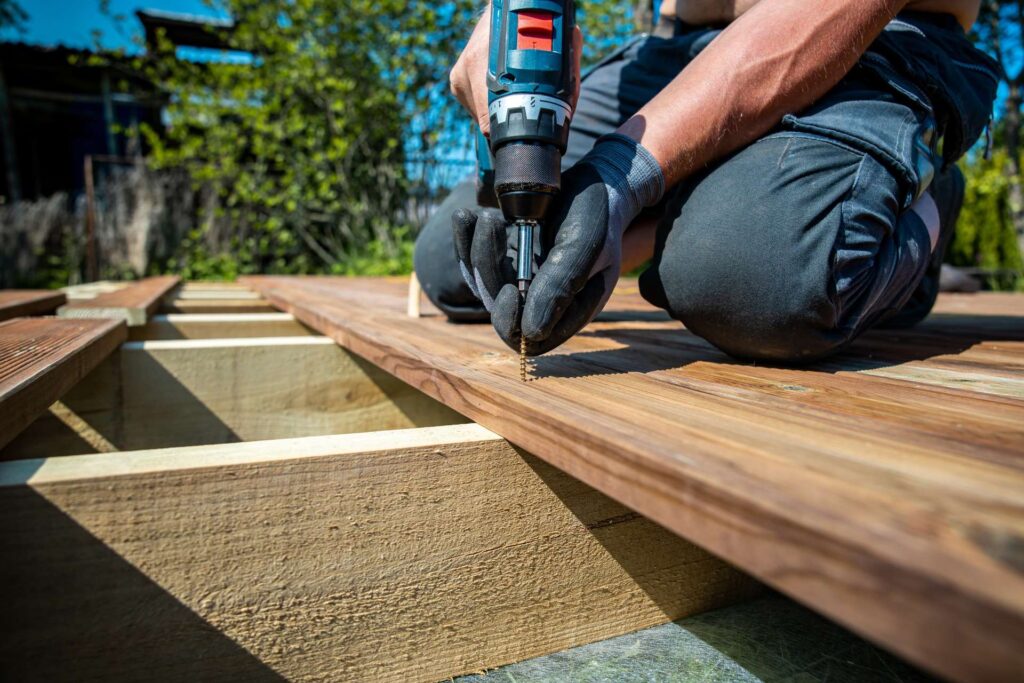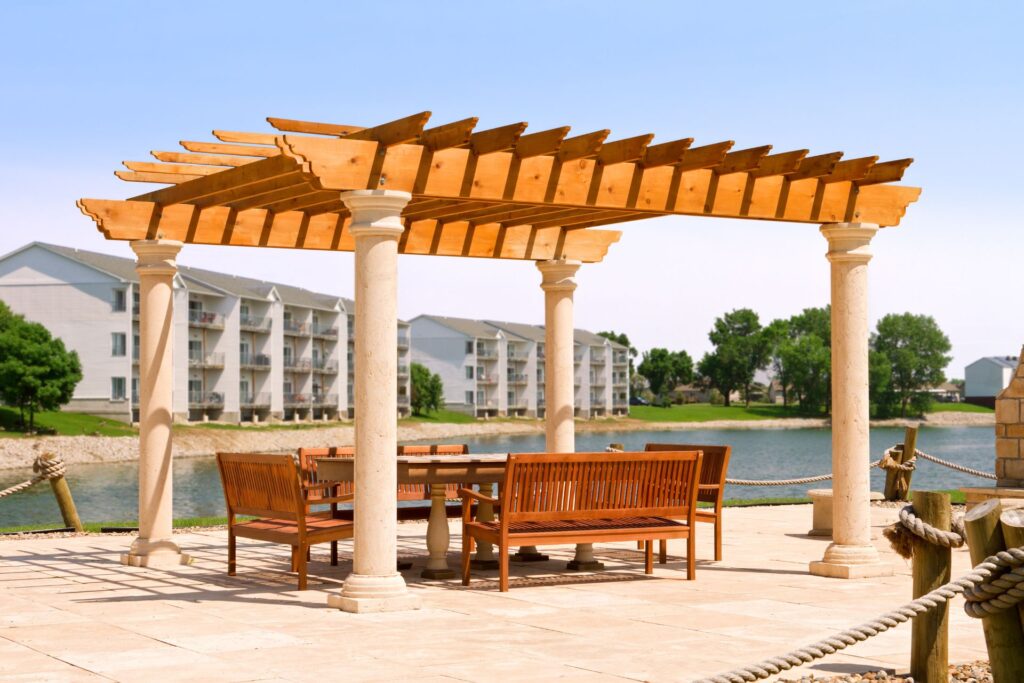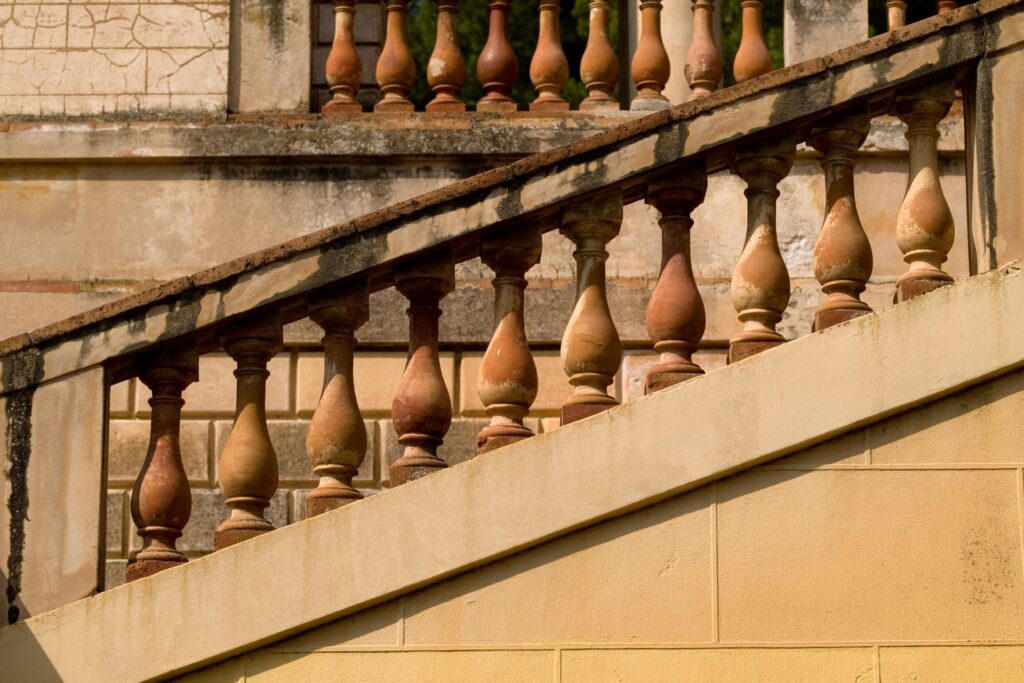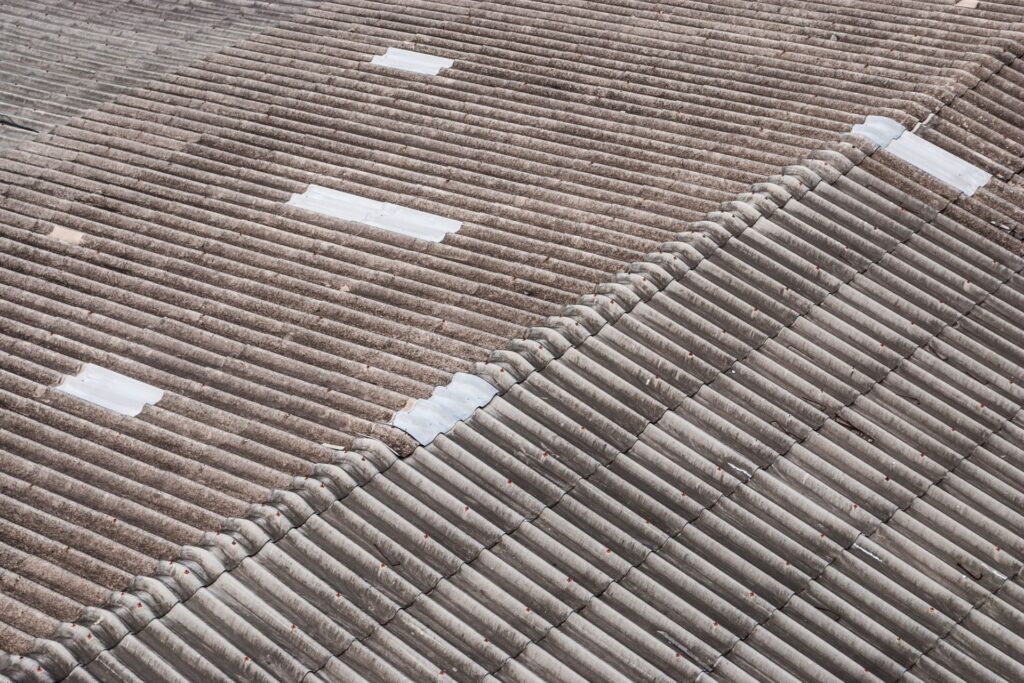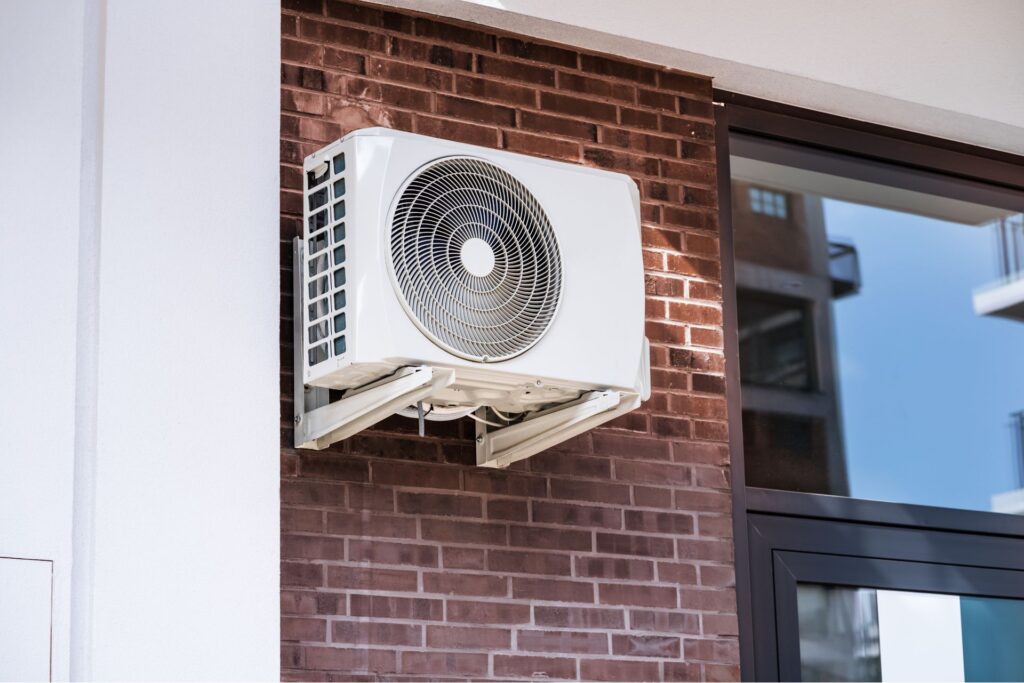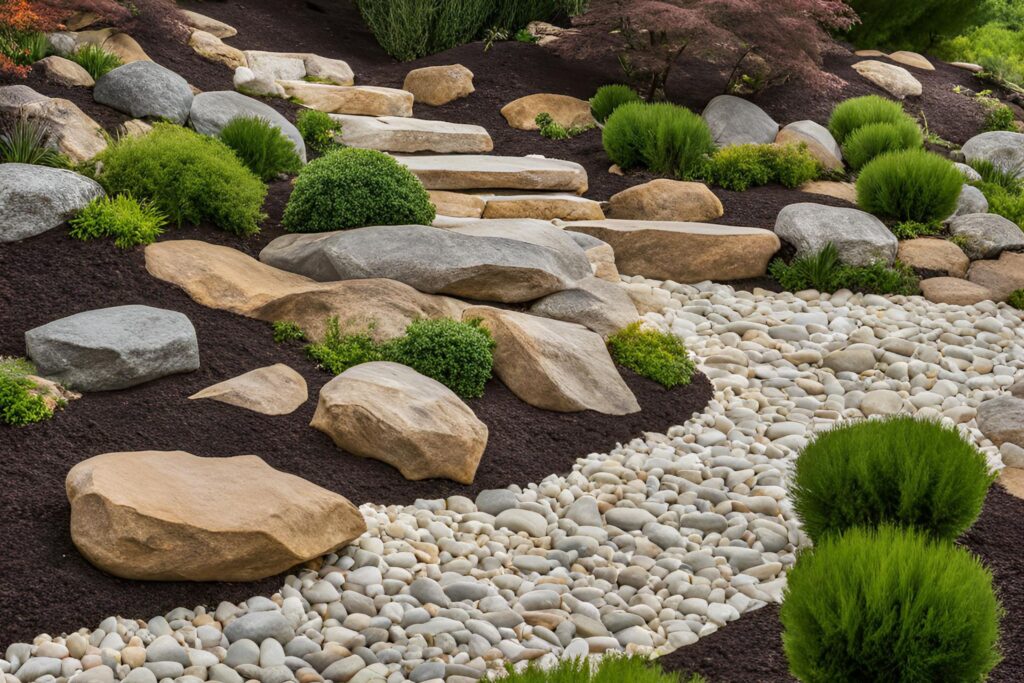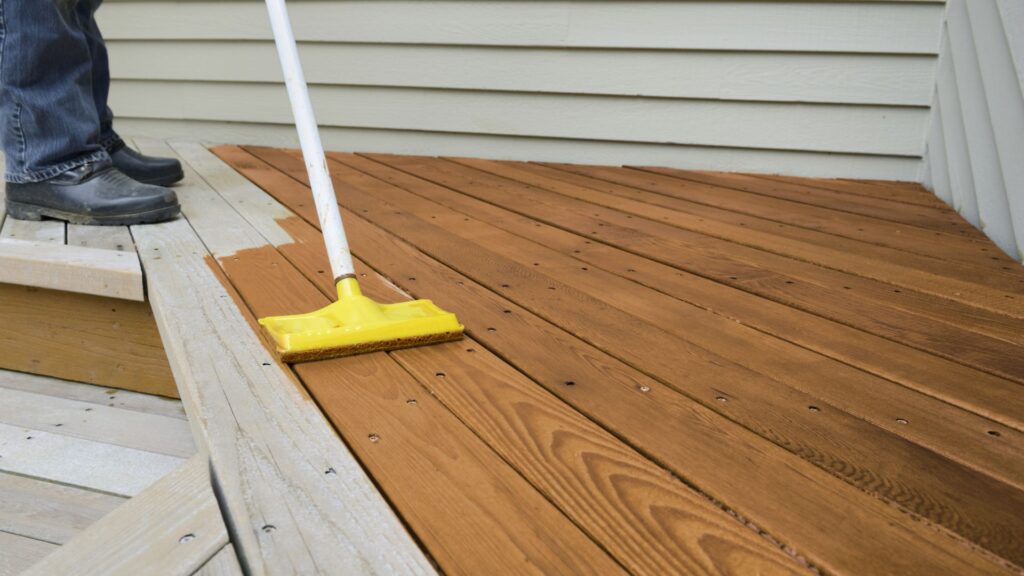Welcome to our comprehensive guide on choosing between concrete slabs and timber floors for your home in New Zealand. Selecting the right flooring is a crucial decision that impacts not only the aesthetic appeal of your space but also its functionality and value. Whether you’re building a new home or renovating an existing one, understanding the benefits and drawbacks of both concrete slabs and timber floors can help you make an informed choice. In this article, we’ll delve into the specifics of each option, compare their costs, durability, and environmental impact, and consider practical factors relevant to New Zealand’s unique climate and building standards. By the end, you’ll have a clear understanding of which flooring solution best suits your needs and lifestyle.
Choosing between a concrete slab and a timber floor in New Zealand depends on your priorities. Concrete slabs offer durability, low maintenance, and energy efficiency, making them ideal for long-term sustainability. Timber floors, on the other hand, provide aesthetic warmth, comfort, and a variety of finishes, perfect for those seeking a natural, eco-friendly option. Consider factors like cost, maintenance, and personal preference to determine the best fit for your home.
Understanding Concrete Slabs
Definition and Composition
What is a Concrete Slab?
A concrete slab is a flat, horizontal surface made of cast concrete, commonly used as a foundation or structural element in buildings. Concrete slabs serve as the primary support for floors, ceilings, and roofs in residential, commercial, and industrial constructions. These slabs can be found in various thicknesses, depending on their intended use and load-bearing requirements.
Materials Used in Concrete Slabs
Concrete slabs are primarily composed of three key materials: cement, aggregates (such as sand, gravel, or crushed stone), and water. The cement acts as a binding agent, holding the aggregates together. Sometimes, additional materials like steel reinforcement bars (rebar) or fiber reinforcements are added to enhance the slab’s strength and durability. Admixtures, which are chemical additives, can also be included to modify the concrete’s properties, such as improving its workability, setting time, or resistance to harsh environmental conditions.
Construction Process
Steps Involved in Laying a Concrete Slab
1. Site Preparation: The first step is to clear the construction site of debris, vegetation, and topsoil. The ground is then leveled and compacted to create a stable base for the slab.
2. Formwork Installation: Formwork, usually made of wood or metal, is set up to outline the shape and size of the slab. This framework holds the concrete in place until it cures and hardens.
3. Reinforcement Placement: Steel rebar or mesh is placed within the formwork to provide additional strength and prevent cracking.
4. Concrete Pouring: Concrete is mixed and poured into the formwork, filling it to the required depth. The concrete is then spread evenly and compacted to eliminate air pockets.
5. Leveling and Finishing: The surface of the poured concrete is leveled using tools like screeds and floats. This step ensures a smooth, even surface. For a polished finish, trowels may be used.
6. Curing: The concrete slab is left to cure, a process that allows it to harden and reach its full strength. This typically involves keeping the surface moist for several days to prevent rapid drying and cracking.
Timeframe for Construction
The time required to lay a concrete slab depends on various factors, including the slab’s size, thickness, and weather conditions. On average, the process can take anywhere from a few days to a week. Site preparation and formwork installation may take a day or two while pouring and finishing the concrete can be completed in a single day. Curing, however, requires at least 7 to 14 days to ensure the concrete achieves sufficient strength, with full curing potentially taking up to 28 days.
Benefits of Concrete Slabs
Durability and Longevity
Concrete slabs are renowned for their durability and long lifespan. They can withstand significant weight and pressure, making them ideal for both residential and commercial buildings. When properly maintained, concrete slabs can last for decades without showing signs of wear and tear.
Low Maintenance Requirements
One of the standout advantages of concrete slabs is their minimal maintenance needs. Unlike wood floors, which may require regular sanding, staining, or sealing, concrete slabs are relatively low-maintenance. Occasional cleaning and sealing are typically sufficient to keep them in excellent condition.
Energy Efficiency and Thermal Mass
Concrete slabs have high thermal mass, meaning they can absorb and store heat. This property contributes to energy efficiency in buildings, as concrete slabs can help regulate indoor temperatures. During the day, they absorb heat, keeping interiors cool. At night, they release the stored heat, maintaining a comfortable environment. This natural temperature regulation can reduce the need for heating and cooling systems, leading to lower energy bills.
Pest and Moisture Resistance
Concrete slabs provide a robust barrier against pests, such as termites and rodents, which can damage other types of flooring. Additionally, concrete is inherently resistant to moisture, reducing the risk of mold and mildew growth. This makes concrete slabs an excellent choice for areas prone to dampness or flooding, ensuring a healthy and safe living environment.
By understanding the definition, composition, construction process, and benefits of concrete slabs, you can appreciate why they are a popular choice for many building projects. Their durability, low maintenance, energy efficiency, and resistance to pests and moisture make them a reliable and practical option for various applications.
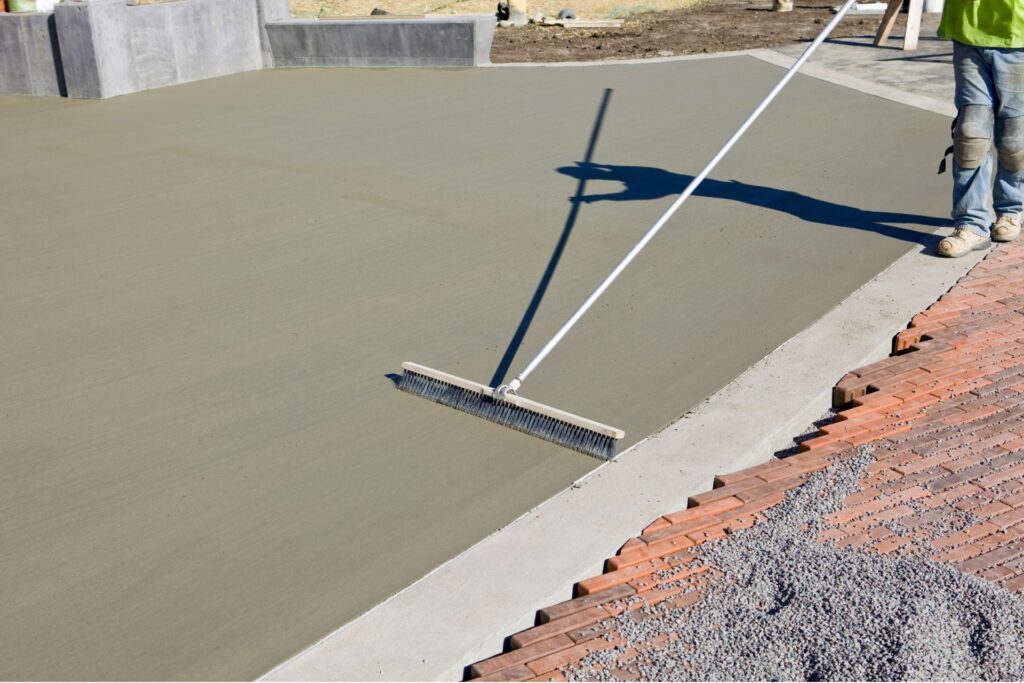
Understanding Timber Floors
Definition and Types
What is a Timber Floor?
Timber floors, also known as wood floors, are flooring solutions made from planks or boards cut from trees. They bring a natural and timeless charm to any space, blending well with both modern and traditional interiors. The unique grains and hues of timber add character and warmth, making it a popular choice among homeowners and designers.
Different Types of Timber Used in Flooring
Timber floors come in various types, primarily classified into hardwood and softwood. Each type offers distinct characteristics that cater to different needs and preferences:
Hardwood: Hardwoods come from broad-leafed trees and are known for their durability and long lifespan. Common hardwoods used in flooring include oak, maple, cherry, and walnut. They are typically more expensive but offer superior resilience and a rich, classic look.
Softwood: Softwoods are derived from coniferous trees and are generally more affordable than hardwoods. Pine, spruce, and fir are popular softwood choices. While softer and more prone to dents, they provide a rustic and cozy feel, making them ideal for certain design aesthetics.
Construction Process
Steps Involved in Installing a Timber Floor
Installing a timber floor involves several meticulous steps to ensure a flawless finish and lasting durability. Here’s a breakdown of the typical process:
1. Preparation: The first step is preparing the subfloor, which involves cleaning, leveling, and ensuring it is dry. This foundation is crucial for a smooth installation.
2. Acclimation: Timber planks need to acclimate to the room’s temperature and humidity for a few days to prevent warping after installation.
3. Layout Planning: Planning the layout is essential to minimize waste and achieve the desired aesthetic. This includes deciding on the direction of the planks and making necessary cuts.
4. Installation: The installation method depends on the type of timber floor. Options include nail-down, glue-down, or floating installations. Each method has its pros and cons, and the choice often depends on the type of subfloor and personal preference.
5. Finishing: Once the planks are installed, sanding may be required to smooth the surface. After sanding, the floor is finished with a sealant or stain to enhance its appearance and protect it from wear and tear.
Timeframe for Construction
The timeframe for installing a timber floor can vary based on the size of the area, the type of timber, and the complexity of the installation. On average, a standard room might take about 2-3 days for preparation, acclimation, and installation. Additional time may be required for finishing, especially if multiple coats of stain or sealant are applied. Overall, you should expect the process to take about a week for a single room from start to finish.
Benefits of Timber Floors
Aesthetic Appeal and Variety of Finishes
Timber floors are renowned for their stunning aesthetic appeal. The natural grains, knots, and color variations add a unique character to each plank. Additionally, timber can be finished in a variety of ways, from high gloss to matte, allowing homeowners to choose the look that best fits their style.
Comfort and Warmth Underfoot
Unlike tiles or concrete, timber floors provide a warm and comfortable surface to walk on. They have natural insulating properties, helping to maintain a cozy temperature in the home. This makes them particularly appealing in colder climates where warmth underfoot is a significant comfort factor.
Eco-friendliness and Sustainability
Timber floors are an eco-friendly choice, especially when sourced from sustainable forests. Timber is a renewable resource, and many suppliers adhere to stringent environmental standards, ensuring responsible harvesting. Additionally, timber floors have a long lifespan, reducing the need for frequent replacements and minimizing environmental impact.
Easier Repairs and Refinishing
One of the significant advantages of timber floors is their ability to be repaired and refinished. Unlike other flooring types that might need complete replacement when damaged, timber can be sanded down to remove imperfections and refinished to look as good as new. This not only extends the life of the floor but also makes it a cost-effective option in the long run.
By understanding the definition, types, construction process, and benefits of timber floors, homeowners can make informed decisions and appreciate the timeless elegance and practicality that timber flooring brings to their living spaces.
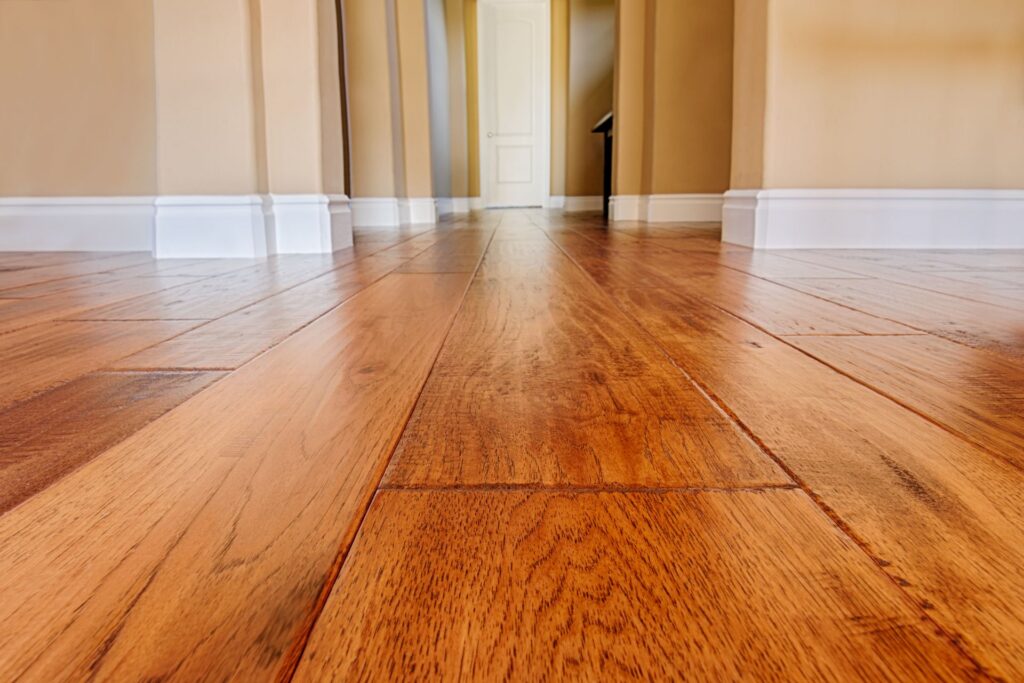
Comparing Concrete Slabs And Timber Floors
When choosing between concrete slabs and timber floors for your home, it’s crucial to consider various factors. Each material has its advantages and drawbacks, impacting cost, durability, maintenance, environmental impact, and design flexibility. Let’s delve into a detailed comparison to help you make an informed decision.
Cost Comparison
Initial Installation Costs
The initial installation cost is a significant factor when deciding between concrete slabs and timber floors. Concrete slabs typically require more preparation, including excavation, formwork, and pouring, making them more expensive upfront. On the other hand, timber floors can be less costly to install, especially if you’re using engineered wood or laminate, which are easier to lay down.
Long-Term Maintenance Costs
While the initial costs might differ, long-term maintenance expenses are also vital to consider. Concrete slabs are generally low-maintenance, requiring minimal upkeep once sealed and polished. Conversely, timber floors may need periodic refinishing, sealing, and potentially more frequent repairs due to wear and tear.
Durability and Longevity
Lifespan of Concrete Slabs vs. Timber Floors
Concrete slabs are renowned for their durability and longevity. They can last for decades, even in high-traffic areas, without significant deterioration. Timber floors, while also long-lasting, might not match the extensive lifespan of concrete, particularly if they’re not adequately maintained.
Resistance to Wear and Tear
Concrete slabs are incredibly resistant to wear and tear, making them an excellent choice for areas that experience heavy use or exposure to moisture. Timber floors, while durable, are more susceptible to scratches, dents, and water damage, especially if not properly treated.
Maintenance and Repairs
Routine Maintenance Needs
Routine maintenance for concrete slabs typically involves sweeping and occasional mopping to keep the surface clean. Sealing every few years can help maintain their appearance and prevent staining. Timber floors, however, require more regular care, including sweeping, vacuuming, and periodic refinishing to keep them looking their best.
Ease of Repairs for Both Types
When it comes to repairs, concrete slabs can be more challenging to fix if they crack or become damaged. Repairing a concrete slab might involve patching or resurfacing, which can be costly and time-consuming. Timber floors, however, offer easier repair options. Individual planks can often be replaced or refinished, making repairs more straightforward and less disruptive.
Environmental Impact
Sustainability and Eco-Friendliness
The environmental impact of your flooring choice is another critical consideration. Concrete production involves significant energy consumption and carbon emissions, making it less eco-friendly. However, advancements in green concrete options are improving its sustainability. Timber floors, especially those sourced from sustainable forests, can be a more environmentally friendly choice. Additionally, wood is a renewable resource, and using reclaimed wood can further reduce your environmental footprint.
Energy Efficiency Considerations
In terms of energy efficiency, concrete slabs can act as thermal mass, helping to regulate indoor temperatures by absorbing and releasing heat slowly. This can reduce heating and cooling costs over time. Timber floors provide less thermal mass but can be warmer underfoot and may offer better insulation properties, contributing to overall energy efficiency.
Aesthetic and Design Flexibility
Customization Options for Concrete and Timber
Both concrete slabs and timber floors offer a range of customization options to suit your aesthetic preferences. Concrete can be stained, polished, stamped, or even embedded with decorative aggregates to create unique and eye-catching designs. Timber floors come in various wood types, finishes, and plank sizes, allowing for diverse styles from rustic to modern.
Compatibility with Different Interior Styles
Concrete slabs can complement contemporary, industrial, and minimalist designs, providing a sleek and modern look. Timber floors, with their natural warmth and beauty, can enhance traditional, rustic, or cozy interiors. Their versatility makes them compatible with various design styles, from classic to contemporary.
In conclusion, the choice between concrete slabs and timber floors depends on your specific needs and preferences. Consider factors such as cost, durability, maintenance, environmental impact, and design flexibility to determine which flooring option is best suited for your home. Both materials have their strengths, and understanding these can help you make a well-informed decision that aligns with your lifestyle and aesthetic vision.

Practical Considerations In New Zealand
When considering flooring options like concrete slabs and timber floors in New Zealand, several practical factors come into play. These considerations range from the country’s unique climate and weather conditions to stringent building regulations and standards. Understanding these aspects can help homeowners make informed decisions that align with local trends and requirements. Additionally, real-life case studies and examples provide valuable insights into the performance and aesthetic appeal of these flooring types in New Zealand homes.
Climate and Weather Conditions
New Zealand’s diverse climate significantly influences flooring choices. The country experiences a wide range of weather conditions, from humid coastal areas to cooler inland regions. These climatic variations can impact the durability and performance of flooring materials.
Impact on Concrete Slabs
Concrete slabs are known for their durability and ability to withstand various weather conditions. In areas with high humidity, concrete can help manage moisture levels within the home, reducing the risk of mold and mildew. Moreover, concrete slabs provide excellent thermal mass, absorbing heat during the day and releasing it at night, which is beneficial in regions with significant temperature fluctuations.
Impact on Timber Floors
Timber floors, while aesthetically pleasing, require careful consideration in terms of climate. In humid areas, timber can absorb moisture, leading to expansion and potential warping. To mitigate this, it’s crucial to choose appropriate timber species and finishes that offer better resistance to moisture. In cooler regions, timber floors provide a warm and cozy feel, making them a popular choice among homeowners.
Regional Preferences and Trends
Regional preferences also play a role in flooring choices. Coastal areas, where humidity is a concern, might see a higher prevalence of concrete slabs due to their moisture resistance. Conversely, in regions known for their colder climates, timber floors might be favored for their natural warmth and insulating properties.
Building Regulations and Standards
New Zealand has stringent building regulations and standards that must be adhered to when installing flooring. These regulations ensure the safety, durability, and sustainability of building materials and construction practices.
Concrete Flooring Regulations
Concrete flooring must comply with the New Zealand Building Code, which outlines specific requirements for structural performance, durability, and moisture resistance. Compliance with these standards ensures that concrete slabs are installed correctly and can withstand the test of time. Additionally, certifications from recognized bodies can provide assurance of quality and compliance.
Timber Flooring Regulations
Timber flooring also needs to meet the standards set by the New Zealand Building Code. This includes considerations for structural integrity, moisture control, and fire resistance. Homeowners and builders must ensure that the timber used is sourced from certified suppliers and treated according to industry standards to prevent issues like decay and insect infestation.
Compliance and Certification Requirements
Both concrete and timber flooring installations may require certifications and inspections to verify compliance with building regulations. Engaging with certified professionals and obtaining the necessary permits can help avoid legal complications and ensure that the flooring meets all required standards.
Case Studies and Examples
Real-life examples and testimonials provide practical insights into the advantages and challenges of using concrete slabs and timber floors in New Zealand homes.
Concrete Slab Case Study
Consider a family home in Auckland, where high humidity levels are a common concern. The homeowners opted for a polished concrete slab, which not only addressed moisture issues but also provided a modern and sleek aesthetic. Over the years, they have enjoyed the low maintenance and durability of their flooring, making it a practical choice for their lifestyle.
Timber Floor Case Study
In contrast, a home in Queenstown, known for its colder climate, features beautiful timber flooring. The homeowners selected locally sourced timber that was treated to withstand the regional weather conditions. They appreciate the natural warmth and elegance that timber floors bring to their living space, and regular maintenance has kept their floors looking pristine.
Homeowner Testimonials and Experiences
Homeowners across New Zealand share varied experiences with these flooring options. One Auckland homeowner noted, “Our concrete slab has been fantastic in managing the humidity. It’s easy to clean and stays cool in summer.” Meanwhile, a Queenstown resident shared, “We love our timber floors. They give our home a cozy feel, especially during the colder months. With proper care, they’ve remained in excellent condition.”
By considering these practical aspects—climate impacts, regulatory requirements, and real-life examples—homeowners in New Zealand can make well-informed decisions about whether concrete slabs or timber floors are the best fit for their homes.

Making The Right Choice For Your Home
Assessing Your Needs and Preferences
Choosing between a concrete slab and a timber floor for your home is a significant decision that requires careful consideration. Start by evaluating your specific needs and preferences. Think about the overall aesthetic you want to achieve, as concrete and timber offer distinctly different looks. Concrete tends to provide a sleek, modern appearance, while timber exudes warmth and a more traditional or rustic charm.
Consider your lifestyle and how each option will fit into it. For instance, concrete floors are incredibly durable and easy to clean, making them ideal for high-traffic areas or households with children and pets. On the other hand, timber floors offer a softer, more comfortable feel underfoot and can add a sense of coziness to your home, which might be preferable if you enjoy a warmer, more inviting atmosphere.
Environmental factors also play a role. Timber is a natural, renewable resource, and choosing sustainably sourced timber can be an environmentally friendly option. Conversely, concrete is highly durable and can last a lifetime with proper care, reducing the need for replacements and renovations.
Consulting with Experts
Getting professional advice is crucial when deciding between concrete and timber flooring. Experts can provide insights into the advantages and potential drawbacks of each material based on your specific circumstances. For instance, they can assess your home’s foundation and structure to determine which option would be more feasible or cost-effective.
Finding reliable contractors and builders in New Zealand is essential for ensuring a high-quality installation. Look for professionals with a strong reputation and extensive experience in flooring projects. Ask for recommendations from friends or family, and check online reviews and ratings. Don’t hesitate to ask potential contractors for references and to see examples of their previous work.
Consulting with an architect or interior designer can also be beneficial. These professionals can help you visualize how each type of flooring will look in your home and ensure that it complements your overall design scheme.
Cost-Benefit Analysis
Conducting a cost-benefit analysis is a critical step in making your final decision. Start by comparing the initial costs of materials and installation for both concrete and timber. Concrete flooring can be more expensive upfront due to the cost of materials and the complexity of installation. However, it is also known for its durability and low maintenance requirements, which can result in cost savings over time.
Timber flooring, while potentially less expensive to install, may require more maintenance, such as refinishing and polishing, which can add to the long-term costs. However, the timeless appeal and potential increase in property value that timber floors offer can make them a worthwhile investment.
Consider the long-term perspective. While concrete floors may have higher upfront costs, their longevity, and minimal maintenance needs can make them more cost-effective in the long run. Timber floors, with their classic beauty and warmth, can enhance your home’s appeal and potentially increase its market value, making them a valuable investment.
By carefully assessing your needs, consulting with experts, and weighing the costs and benefits, you can make an informed decision that best suits your home and lifestyle.
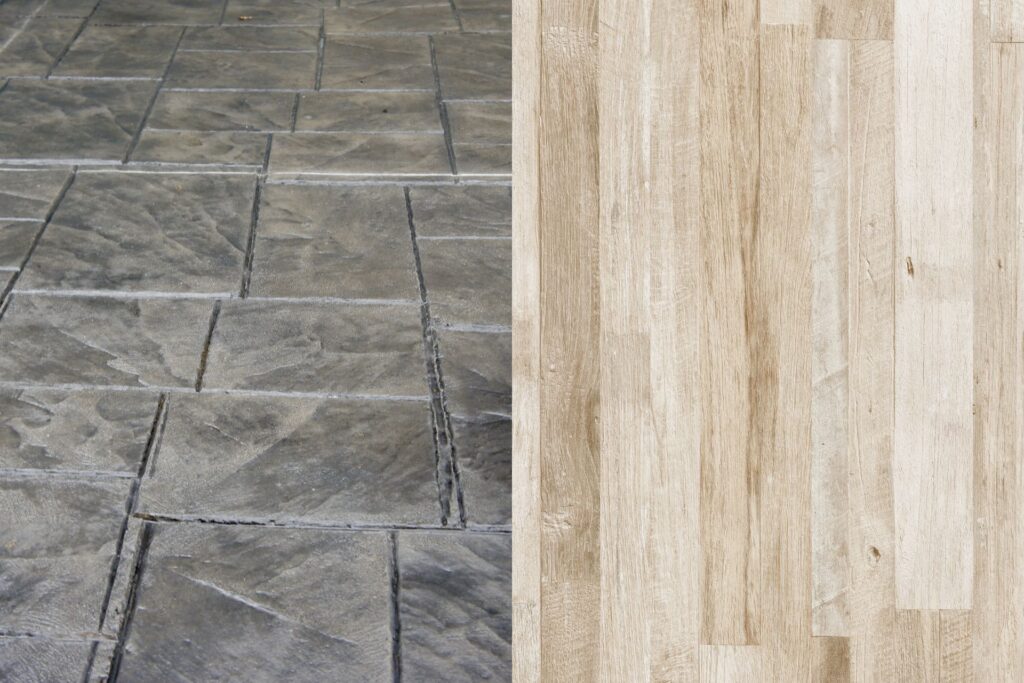
FAQs: About Concrete Slab Vs Timber Floor NZ
Conclusion
In conclusion, this comprehensive guide has highlighted the key points to consider when choosing between concrete slabs and timber floors in New Zealand. We’ve explored the durability and strength of concrete slabs, ideal for high-traffic areas and long-term investments, while timber floors offer a natural aesthetic and warmth, perfect for creating a cozy and inviting atmosphere. Ultimately, the choice between these two options depends on individual needs and preferences, such as budget, environmental impact, and the desired look and feel of your space. It’s essential to weigh these factors carefully to make an informed decision that aligns with your lifestyle and home requirements. By understanding the benefits and drawbacks of each flooring type, you can confidently select the best option for your home.
Find A Professional Decking Company Near You!
- Balcony Construction Christchurch
- Deck Builders Alexandra
- Deck Builders Alexandra, Clyde & Cromwell
- Deck Builders Auckland
- Deck Builders Central Otago
- Deck Builders Christchurch
- Deck Builders Clyde
- Deck Builders Cromwell
- Deck Builders Hamilton
- Deck Builders Hawkes Bay
- Deck Builders Invercargill
- Deck Builders Kapiti Coast
- Deck Builders Lower Hutt
- Deck Builders Nelson
- Deck Builders Palmerston North
- Deck Builders Porirua
- Deck Builders Queenstown
- Deck Builders Taupo
- Deck Builders Upper Hutt
- Deck Builders Wanaka
- Deck Builders Wellington
- Deck Builders West Auckland
- Deck Staining Palmerston North
About the Author:
Mike Veail is a recognized digital marketing expert with over 6 years of experience in helping tradespeople and small businesses thrive online. A former quantity surveyor, Mike combines deep industry knowledge with hands-on expertise in SEO and Google Ads. His marketing strategies are tailored to the specific needs of the trades sector, helping businesses increase visibility and generate more leads through proven, ethical methods.
Mike has successfully partnered with numerous companies, establishing a track record of delivering measurable results. His work has been featured across various platforms that showcase his expertise in lead generation and online marketing for the trades sector.
Learn more about Mike's experience and services at https://theleadguy.online or follow him on social media:

